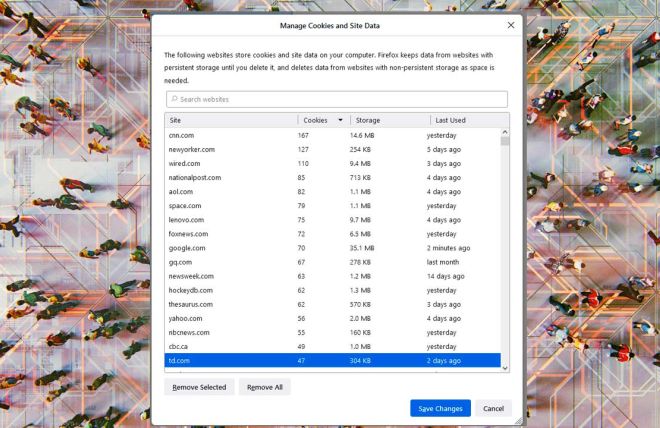
At the dawn of the web era, we recognized a major design problem. Designers were using local machines and Intranets to test their designs. In the late 90’s a typical user was tethered to the end of 28k or 56k modem. These were SLOW. Designers were adding images and graphics to web pages and viewing the results off their hard drive. Adding a 100kb graphic doesn’t sound like much today, but in 1998 it probably meant your web page took 30 seconds to load. The designer didn’t notice the problem because they loaded the image off a hard drive. The problem was that designers very quickly forgot the technical aspects of Internet use.
Today’s typical designer sits in front of a 27 inch or large screen, and is connected to the Internet with a 15 to 30 MBps download connection. Worse still…, in most cases designers get in the habit of previewing pages on their local machine without ever visiting the Internet. At a minimum, they may preview in Dreamweaver, or you may run a beta platform that has a high speed connection. It’s fast, it looks efficient, and the result is often a lousy user experience.
After years of progressive increase in average screen size, the introduction of mobile connectivity (IPads, Playbooks, Netbooks, and smart phones) has resulted in a decrease in the average screen size in use. Where the user’s connection is wireless, the real speed delivered to their device may be much lower than the stated speed offered by their provider.
A crazy idea
So here’s a crazy idea. In the 90’s we made our designers review their web pages with a real (and slow) internet connection. What would happen if you took away your designers’ bright and shiny monitors and forced them to do all their work on a 19 inch monitor with a resolution of 1280×1024 pixels? Designers would be forced to look at your web pages as they appear to more than 50% of web users. Is there an IPad in your design department? Is it used to check your website, or is it just for cool factor? What would happen if you equipped your sales staff with low end laptops or even netbooks? If your answer is that the sales department wouldn’t be able to properly demonstrate the capability of your website, I would suggest that your sales department is confronted with the limitations of your existing website.
OK… perhaps you’re not prepared to take away the high-end monitors. (I’m working at a huge monitor right now). Your page review and design approvals should all take place using a broad mix of screens and screen resolutions. Most Internet users use a screen resolution of less than 1280×1024. The most common size is still 1024×768. You absolutely must understand what your website looks like to the typical user. You absolutely must understand what your website looks like to a mobile device user.
Equally important…, you must get a sense of how quickly your site loads for your average user. In 2010, the average download speed in the United States was 3 Mbps per second. You can calculate your download speeds or alternatively you can throttle a computer to see the results. Google Pagespeed and Yahoo’s YSlow also offer useful information.
A site’s design must reflect the user experience…, and this is something far more subtle than what colors you use, or choosing a font size or type.







